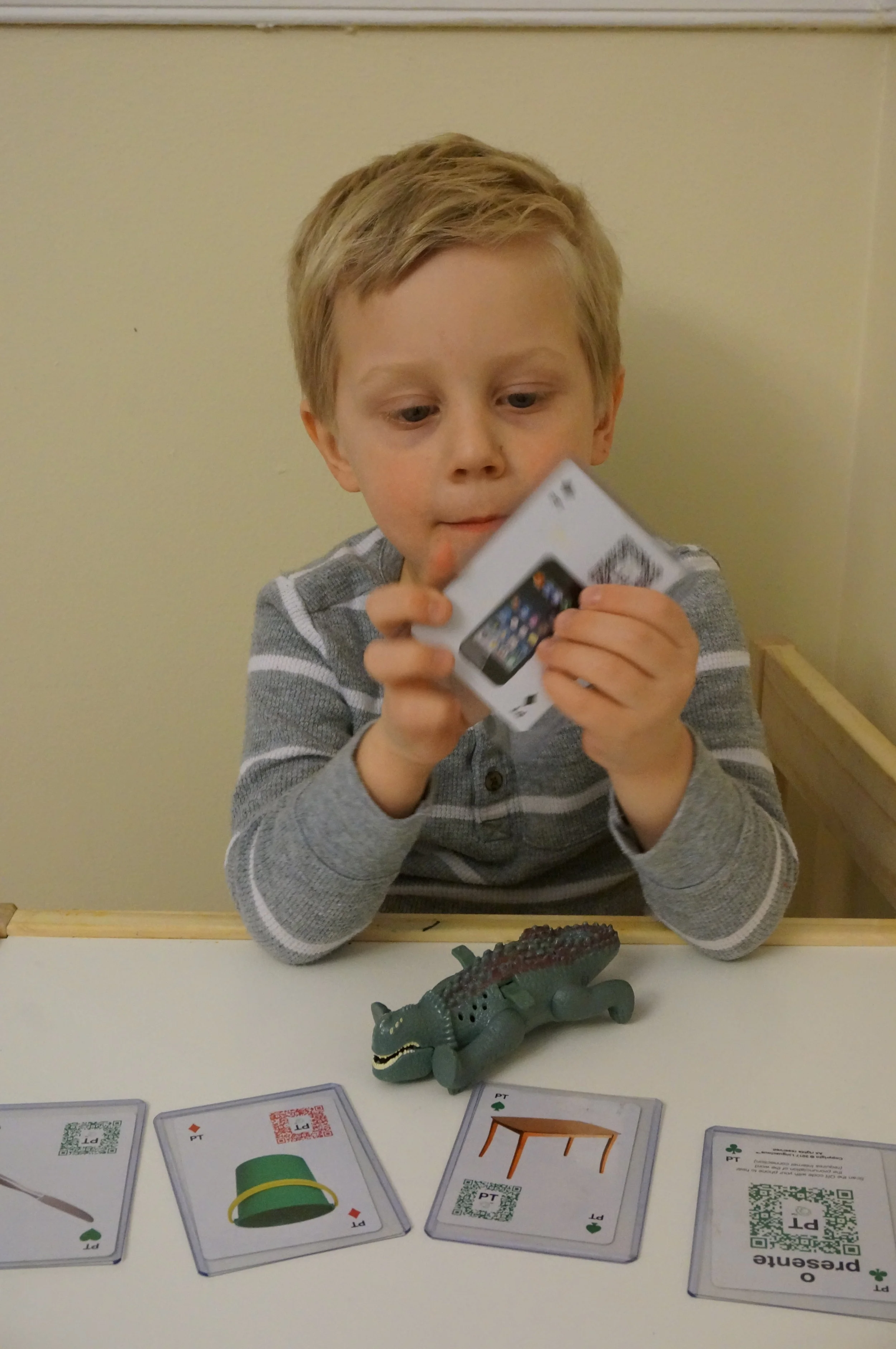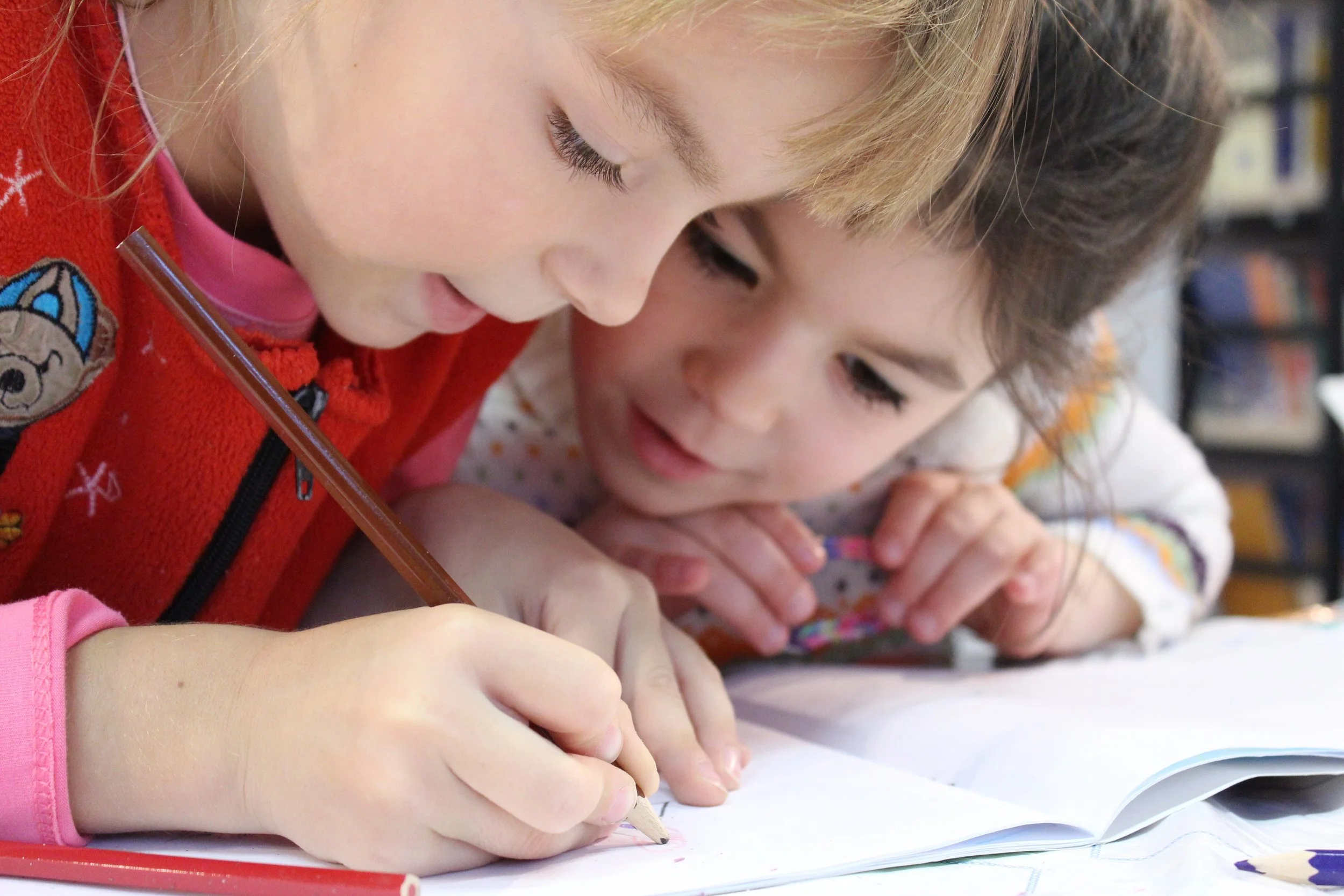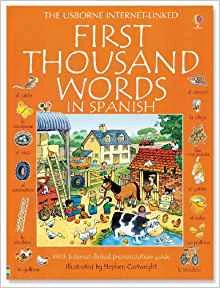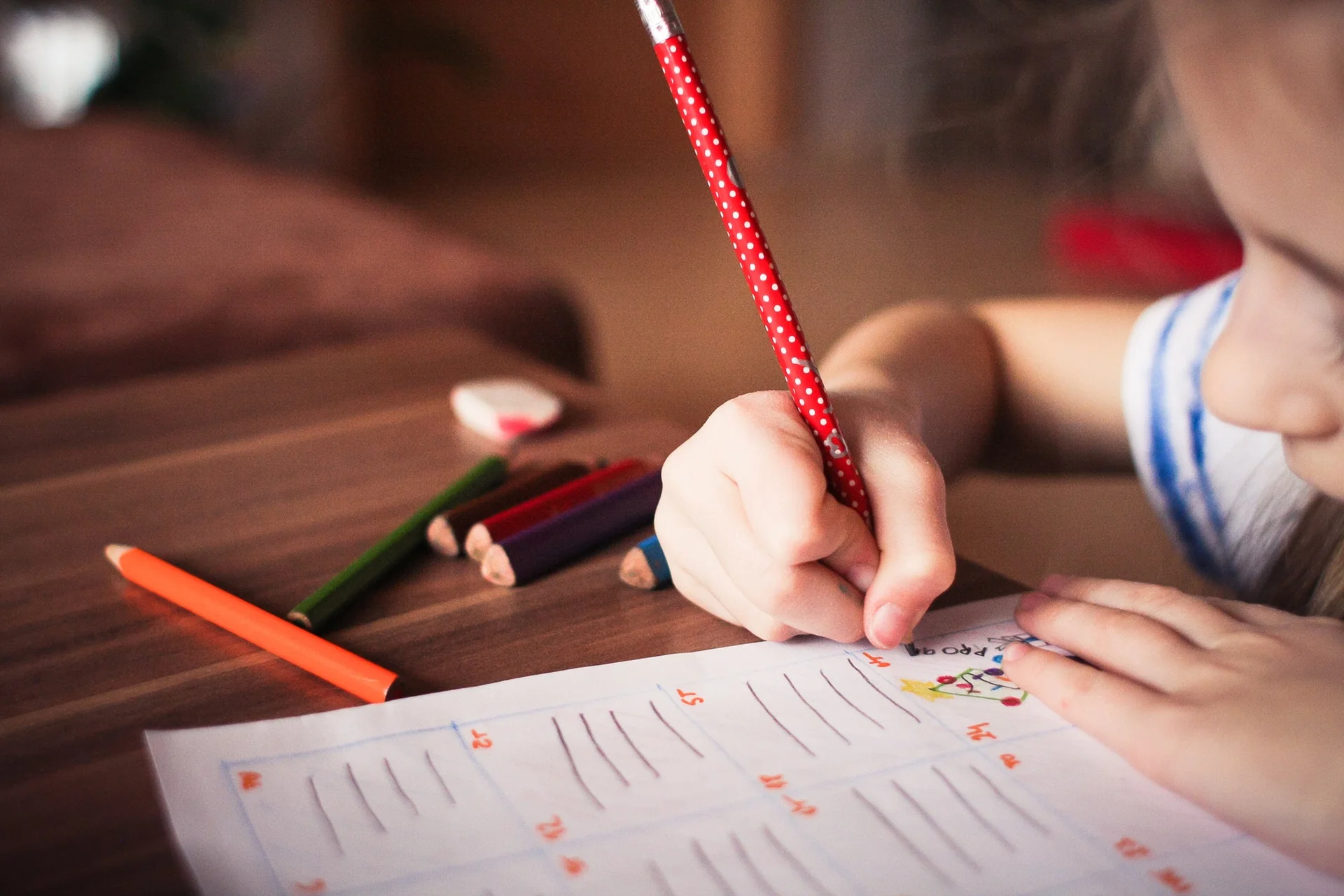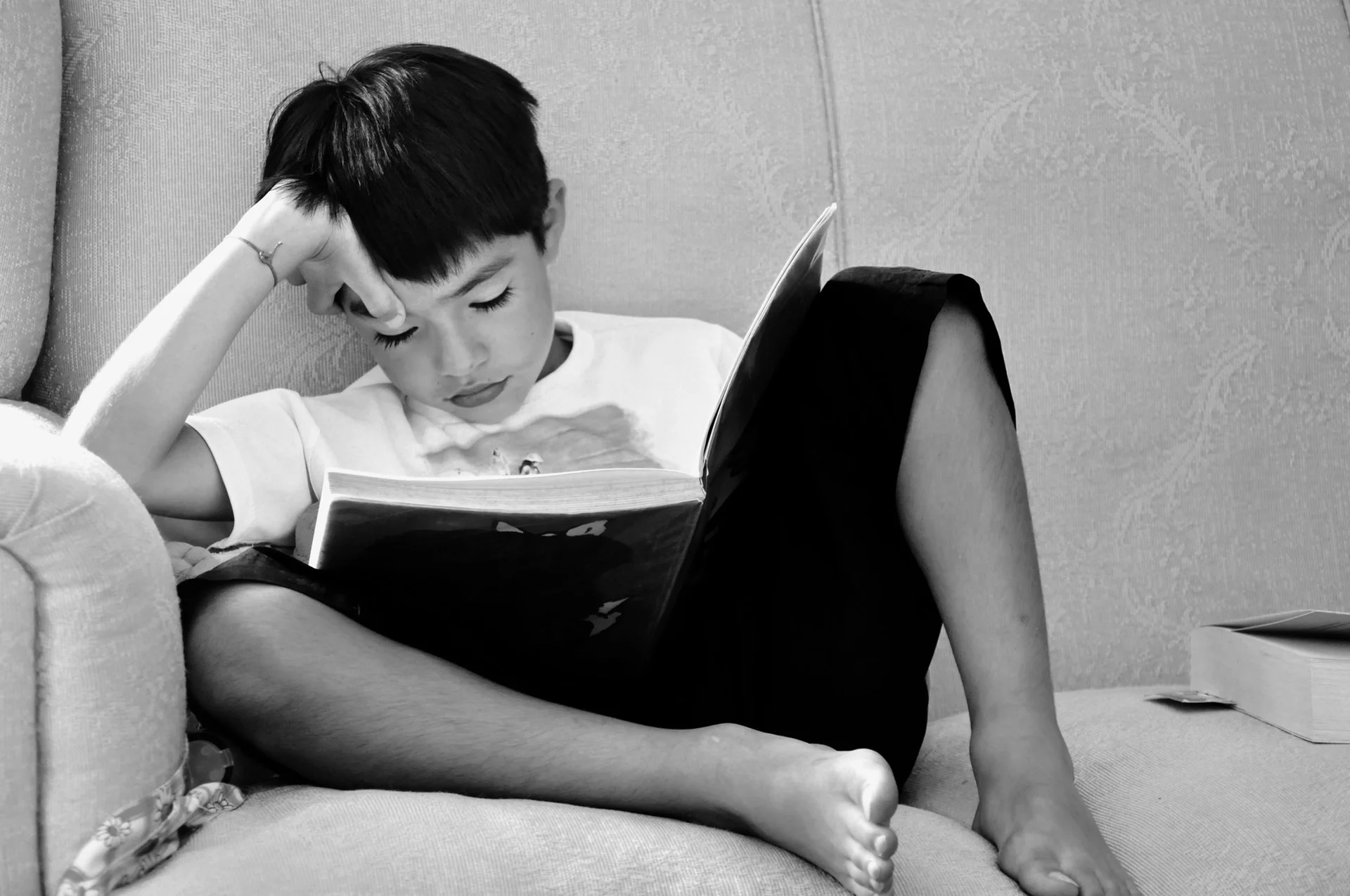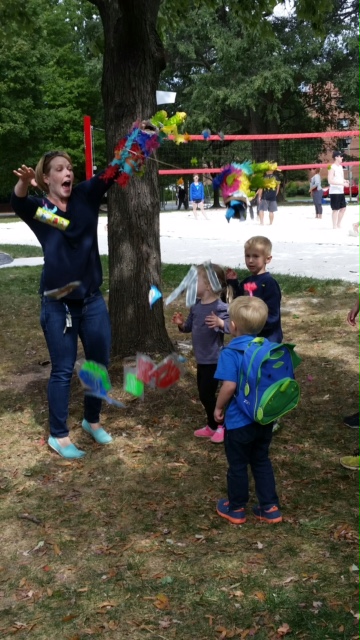10:30-12:00 PM Outdoor Time
At this point in the morning, I’ve been awake for a few hours and am starting to feel claustrophobic in the house, so we head out. Depending on the weather and the day of the week, we will go to a park, a nature center, or a local Storytime. Our double stroller has repaid its cost ten times over (at least!) with these outings.
12:00 PM - 3:00 PM Lunch + Siesta
Lunch is well, lunch, but I consider nap time to be a cultural experience in and of itself—after all, we’re participating in “siesta culture!” All jokes aside, nap time is non-negotiable in our house. I use that time to read, work on this blog, prep for my Bible studies, and complete any volunteer work that I’ve signed up for. Two days a week, Xavi spends this time in preschool, so it’s just Felix napping at home with me.
3:00 - 6:00 PM Adventure Time
Since this is the longest period of the day when both kids are awake, this is when we do our big adventures: hikes in the forest, trips to downtown DC, and long, lingering visits to the library. I generally plan one “big” outing per week (like a hike) and reserve one afternoon for grocery shopping—for the other three days, we just do whatever sounds good that day.
6:00 - 7:30 PM Dinner + Bed
My husband works long hours, so most nights, I fly solo with the kids for dinner and bedtime. During dinner, we like to listen to classical music and play “conductor”—Xavi and I pretend to conduct the music and Felix gets a good laugh out of it. Listening to classical and chamber music during dinner, especially when I am alone with the boys, helps me feel more like an #awesomeadult and also develops their budding appetites for good art, so win-win! Xavi has become so enamored of Wagner because of our classical dinners that we are actually heading to a (local, free) Wagner concert in a few weeks! I’m pretty sure that we won’t be able to stay for the whole thing, but I do hope that he at least gets to hear “The Ride of the Valkyries” performed live.
After dinner, Xavi picks up his toys and is then allowed to watch one show in Spanish (this month, it’s Octonauts) while I clean up the kitchen. Felix gets his last wiggles out cruising along our furniture at this point. Afterwards, we get pajamas on, brush teeth, and start in on bedtime reading. We read a picture book (Xavi’s choice), read one story from our current Spanish Bible, and finally, pray before going to sleep. The two questions that guide our prayers (which we learned from our pastor in a sermon he preached last year) are these: "What happened today that you would like to thank God for?" and "What do you need God’s help with today?” Once Xavi is down, I take Felix and put him to sleep in our room.
7:30-10:30 PM Cooking + Blogging
After the kids are in bed, I clean up dinner and then start cooking. Ever since I had Xavi and was writing my dissertation, I have used the evenings as cooking time. Back then, I found it impossible to focus on any serious intellectual work after having already spent hours of my day poring over academic research and writing. Nowadays, I’m somewhat less exhausted (at least mentally!), but its still a good time for me to listen to audiobooks and putter around in the kitchen. I generally cook three nights a week, six meals at a time. Since we have some serious food allergies between Felix and myself, I spend a lot of time in the kitchen making meals from scratch. Although this can be intense sometimes, I love it, because it frees up our days and lets us spend the maximum amount of time outdoors, since we never have to be back home to cook dinner—it’s already prepared.
I also use the nighttime to read and work on administrative tasks related to the blog (like social media scheduling and e-mail). My husband comes home late (some nights at 8 PM, some nights at 2 AM…), so whenever he arrives (although not at 2 AM), we check in and try to spend at least 15 minutes together rehashing the day. Most of our “together time” is on the weekends, though.

